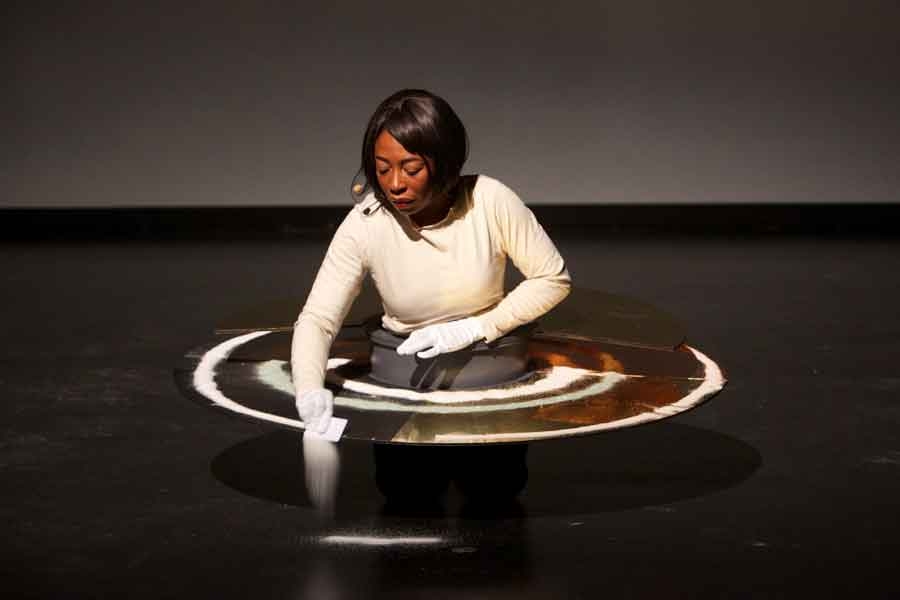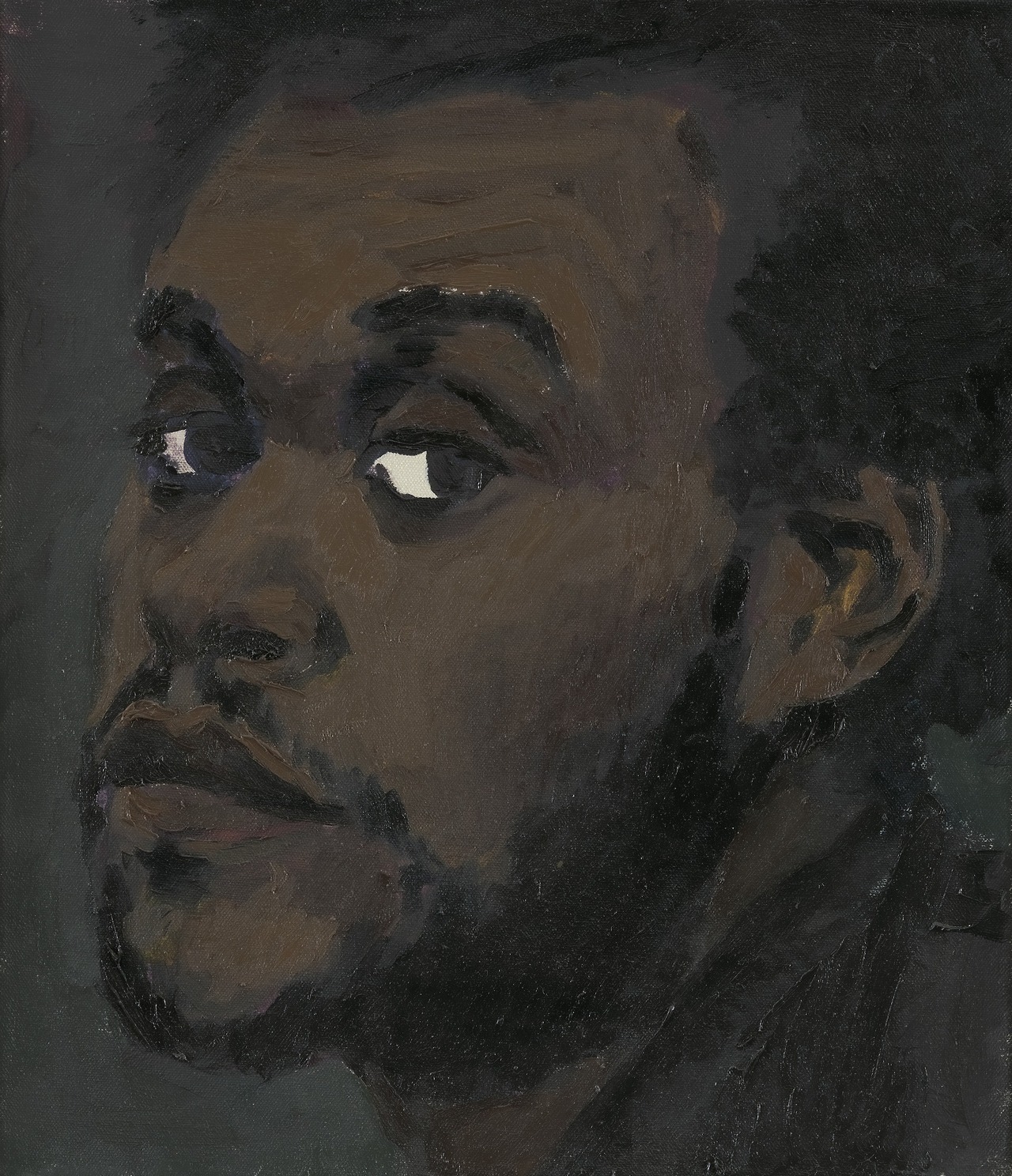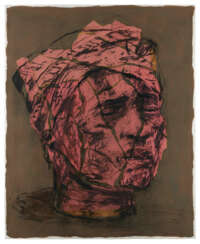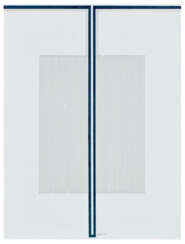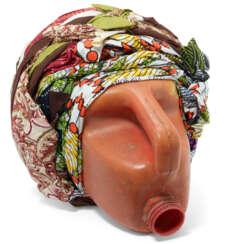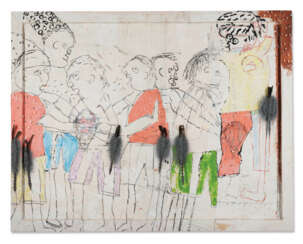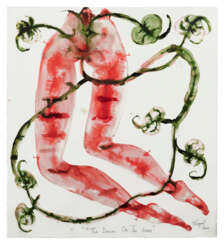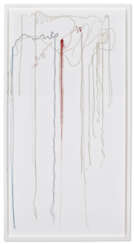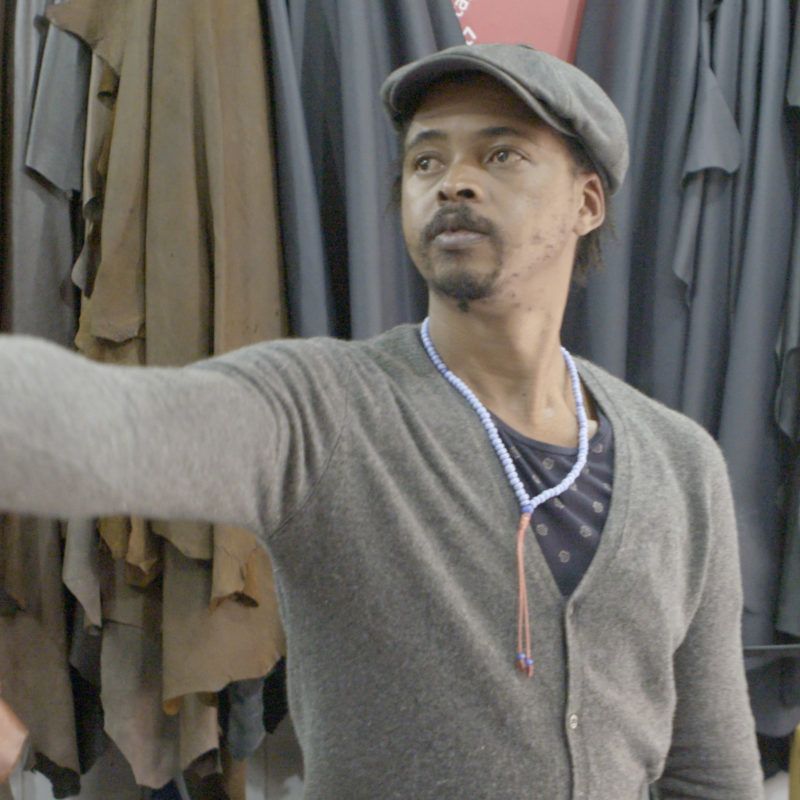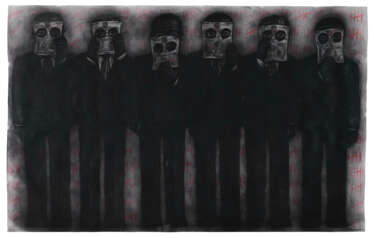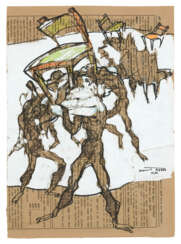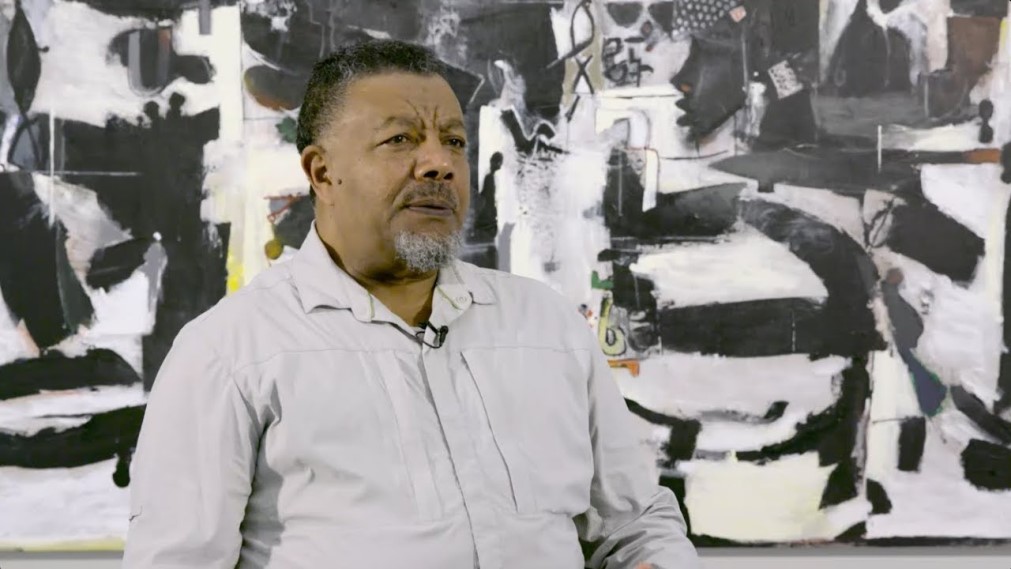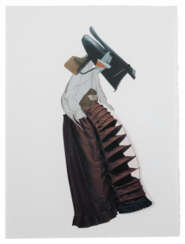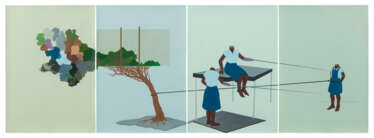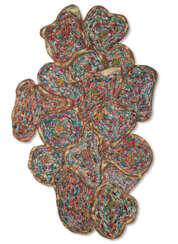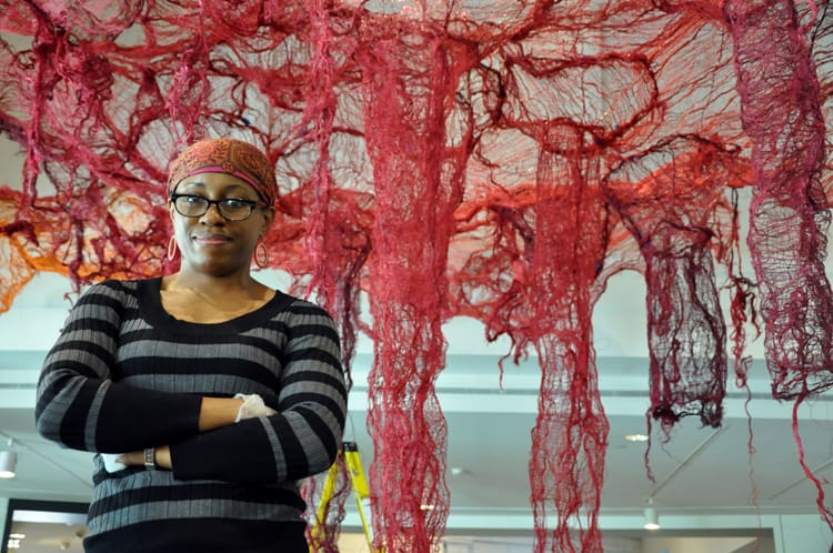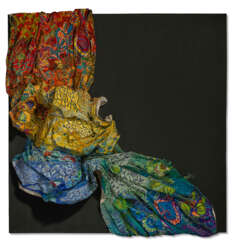
A Place With No Name: Works from the Sina Jina Collection
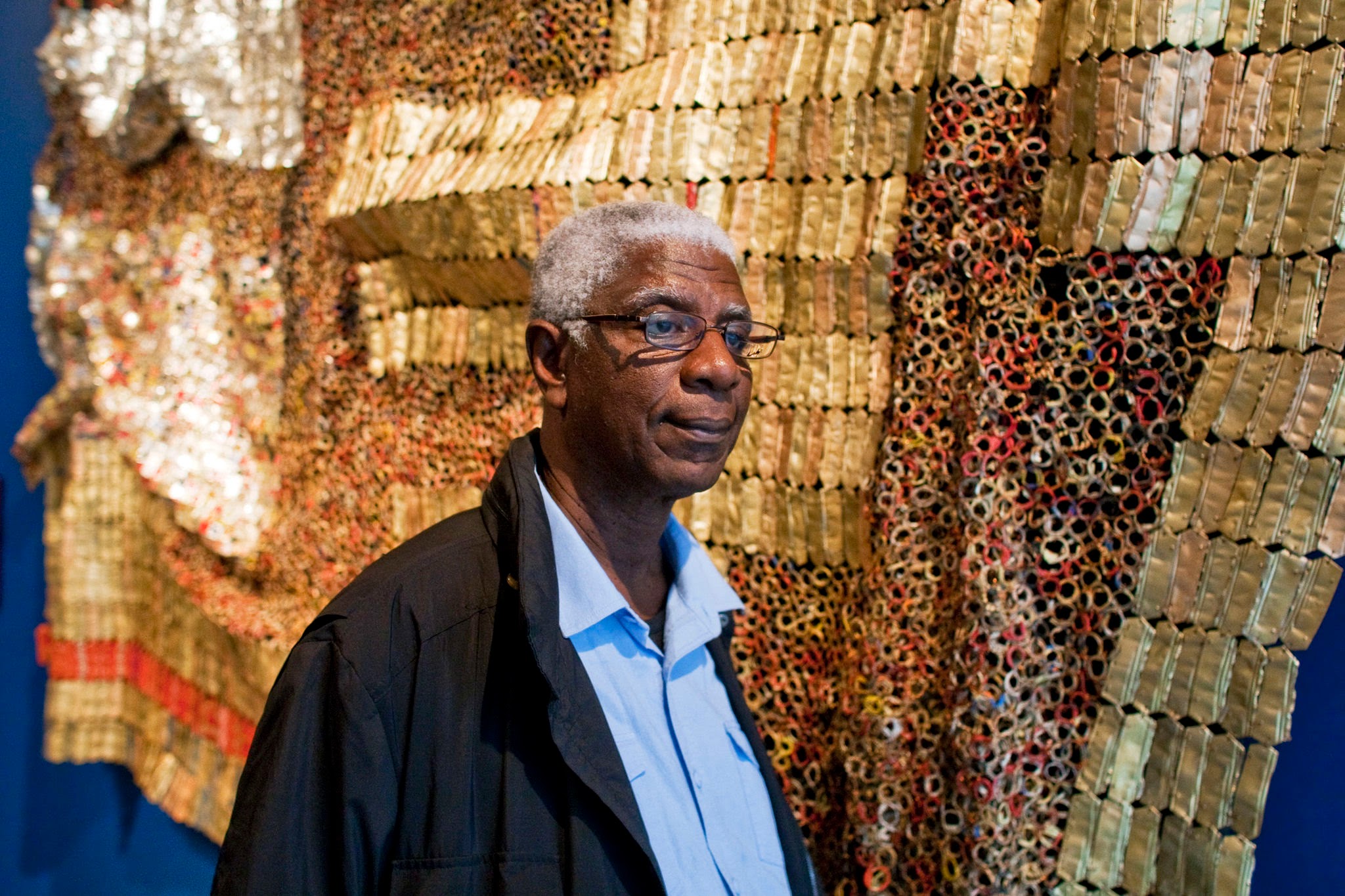
El Anatsui, a Ghanaian sculptor born on February 4, 1944, has carved a niche for himself with his iconic bottle-top installations. His artistry bridges his Ghanaian roots and his career in Nigeria, drawing international acclaim for its innovative use of everyday materials. Anatsui's large-scale metal tapestries, meticulously assembled from discarded bottle caps and copper wire, reflect a lifetime of exploring local materials and craftsmanship.
A citizen of the Ewe Nation, El Anatsui's lineage is entwined with art; he is the son of a master weaver of Kente cloth. This heritage shines through in his work, as does his formal art training from Kwame Nkrumah University of Science and Technology in Kumasi, Ghana. Anatsui's sculptures are not just art pieces but narratives woven from wood, metal, and clay, each piece shimmering with a story.
Anatsui's installations are a testament to his transformative vision, repurposing simple materials into mutable sculptures that resonate with a global audience. His works, often featured in prestigious museums and galleries, are more than sculptures; they are dialogues in sustainability and culture, inviting viewers to unravel the layers of meaning within.
For collectors, auctioneers, and art connoisseurs, El Anatsui's works are a blend of history, innovation, and artistry, making them significant additions to any collection. To stay updated on the latest from El Anatsui and his mesmerizing creations, sign up for our newsletter.
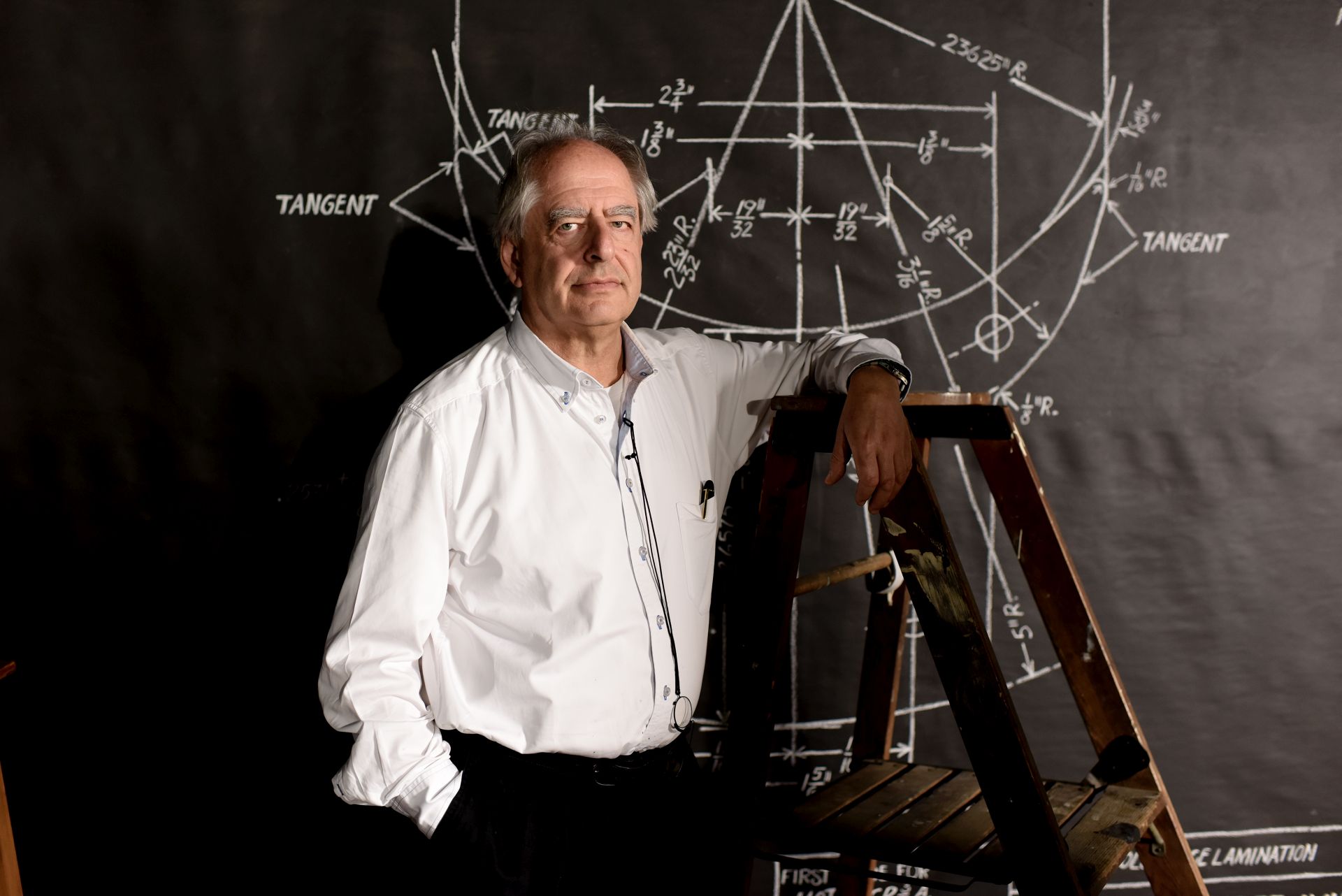
William Kentridge is a South African artist best known for his prints, drawings, and animated films, especially noted for a sequence of hand-drawn animated films he produced during the 1990s. The latter are constructed by filming a drawing, making erasures and changes, and filming it again. He continues this process meticulously, giving each change to the drawing a quarter of a second to two seconds' screen time. A single drawing will be altered and filmed this way until the end of a scene. These palimpsest-like drawings are later displayed along with the films as finished pieces of art.
Kentridge has created art work as part of design of theatrical productions, both plays and operas. He has served as art director and overall director of numerous productions, collaborating with other artists, puppeteers and others in creating productions that combine drawings and multi-media combinations.

El Anatsui, a Ghanaian sculptor born on February 4, 1944, has carved a niche for himself with his iconic bottle-top installations. His artistry bridges his Ghanaian roots and his career in Nigeria, drawing international acclaim for its innovative use of everyday materials. Anatsui's large-scale metal tapestries, meticulously assembled from discarded bottle caps and copper wire, reflect a lifetime of exploring local materials and craftsmanship.
A citizen of the Ewe Nation, El Anatsui's lineage is entwined with art; he is the son of a master weaver of Kente cloth. This heritage shines through in his work, as does his formal art training from Kwame Nkrumah University of Science and Technology in Kumasi, Ghana. Anatsui's sculptures are not just art pieces but narratives woven from wood, metal, and clay, each piece shimmering with a story.
Anatsui's installations are a testament to his transformative vision, repurposing simple materials into mutable sculptures that resonate with a global audience. His works, often featured in prestigious museums and galleries, are more than sculptures; they are dialogues in sustainability and culture, inviting viewers to unravel the layers of meaning within.
For collectors, auctioneers, and art connoisseurs, El Anatsui's works are a blend of history, innovation, and artistry, making them significant additions to any collection. To stay updated on the latest from El Anatsui and his mesmerizing creations, sign up for our newsletter.
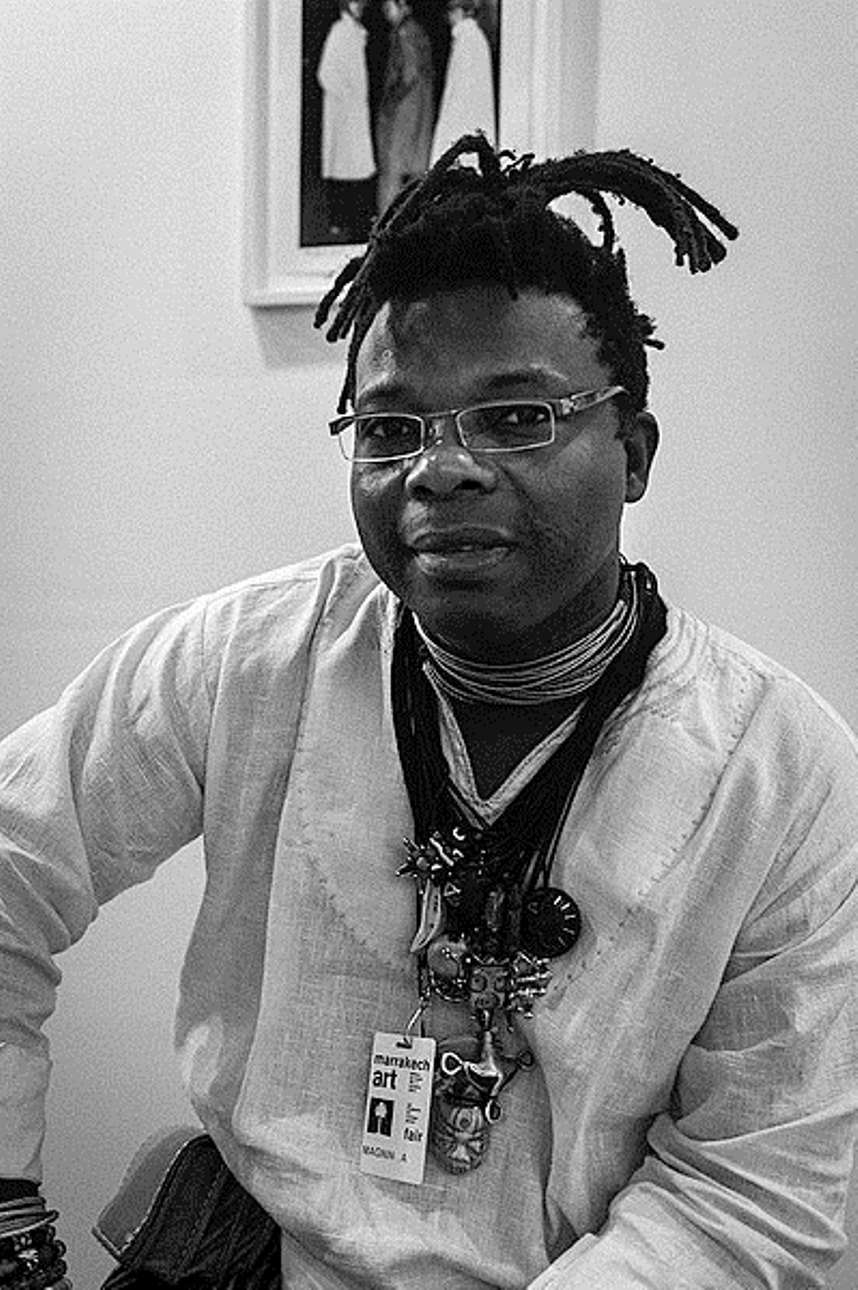
Romuald Hazoumé, or Romuald Hutzoumck, is one of Africa's leading artists and winner of the Arnold Bode Prize (Germany). He was awarded the prize for his installation "Dream," a replica of a ship transporting economic migrants from Africa to Europe made of canisters. In his art he mostly uses old gasoline cans. Hazume also creates oil paintings, large-scale installations, videos, and photographs.
